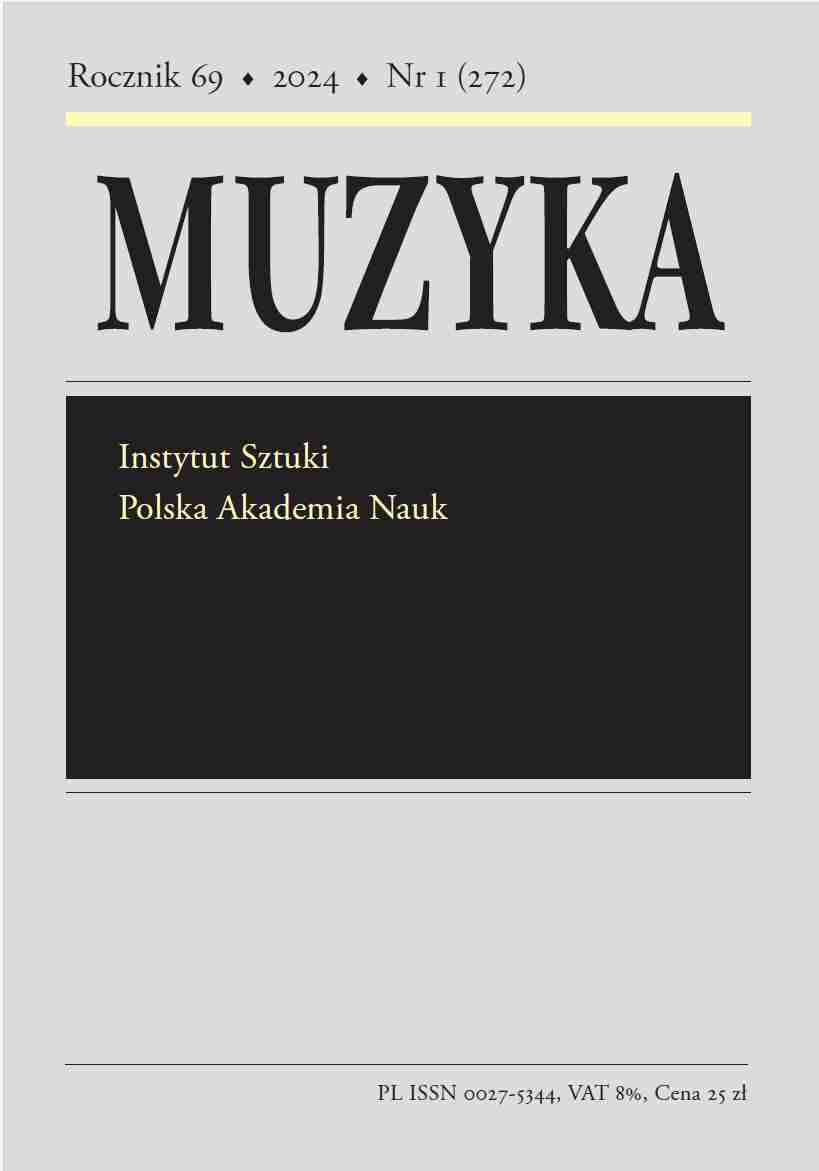The eighteenth century fife from the shipwreck of General Carleton of Whitby
Aleksandra Litwinienko
The Main Library Department at The Stanisław Moniuszko Academy of Music in Gdańsk (Poland)
https://orcid.org/0000-0001-6001-8198
Abstract
In the course of the fatal voyage, General Carleton was transporting a cargo of tar and iron. This cargo facilitated the preservation of artefacts: the spilled tar formed a shell, which protected the artefacts from seawater. Therefore, the wood was not damaged nor deformed. These conditions allowed the divers to find another musical instrument, which happened to be a wooden fife. It was lying in the south-eastern part of the wreck, behind the mainmast step, where most personal belongings of the crew members were discovered.
The state of preservation of the flute is good. The X-ray photo confirmed the cylindrical cross section of the instrument. It’s dimensions indicate the C# or C tuning (transposed to B or Bb). Notwithstanding its atypical two-part construction, it should be classified, according to the Anglo-Saxon nomenclature as a fife, that is „a small cylindrical transverse Flute, but with a narrower bore and hence a louder, shriller sound than the flute proper”.
The maker’s marks are visible on the surface, under the embouchure hole and between the 3rd and the 4th finger hole. The name indicates that the fife was made by John Just Schuchart or Charles Schuchart. The dating suggests Charles (1720–65) as the maker. He had a shop on Chandois-street, Covent-garden, London, called “Two Flutes and Hautboy”.
Based on the signature type it can be said that the fife was produced in years 1759–65. The collections around the world include 8 recorders, 26 transverse flutes, 3 oboes, a clarinet and a bassoon from the workshops of father and son. It might be possible that there are no preserved analogies for the described instrument, which enriches the known collection of Schucharts’ instruments by one fife.
Keywords:
fife, Schuchart, General Carleton of Whitby, underwater archaeology, music archaeologyAuthors
Aleksandra LitwinienkoThe Main Library Department at The Stanisław Moniuszko Academy of Music in Gdańsk Poland
https://orcid.org/0000-0001-6001-8198
Statistics
Abstract views: 698PDF downloads: 530
License
Copyright (c) 2020 Muzyka

This work is licensed under a Creative Commons Attribution-NonCommercial-NoDerivatives 4.0 International License.
The author grants the publisher a royalty-free nonexclusive licence (CC BY 4.0) to use the article in Muzyka, retains full copyright, and agrees to identify the work as first having been published in "Muzyka" should it be published or used again (download licence agreement). By submitting an article the author agrees to make it available under CC BY 4.0 license.
Articles from 2018/1 to 2022/3 were published under a Creative Commons license CC BY-NC-ND 4.0. During this period the authors granted the publisher a royalty-free nonexclusive license (CC BY-ND 4.0) to use their article in "Muzyka", retained full copyright, and agreed to identify the work as first having been published in our journal should it be published or used again.










